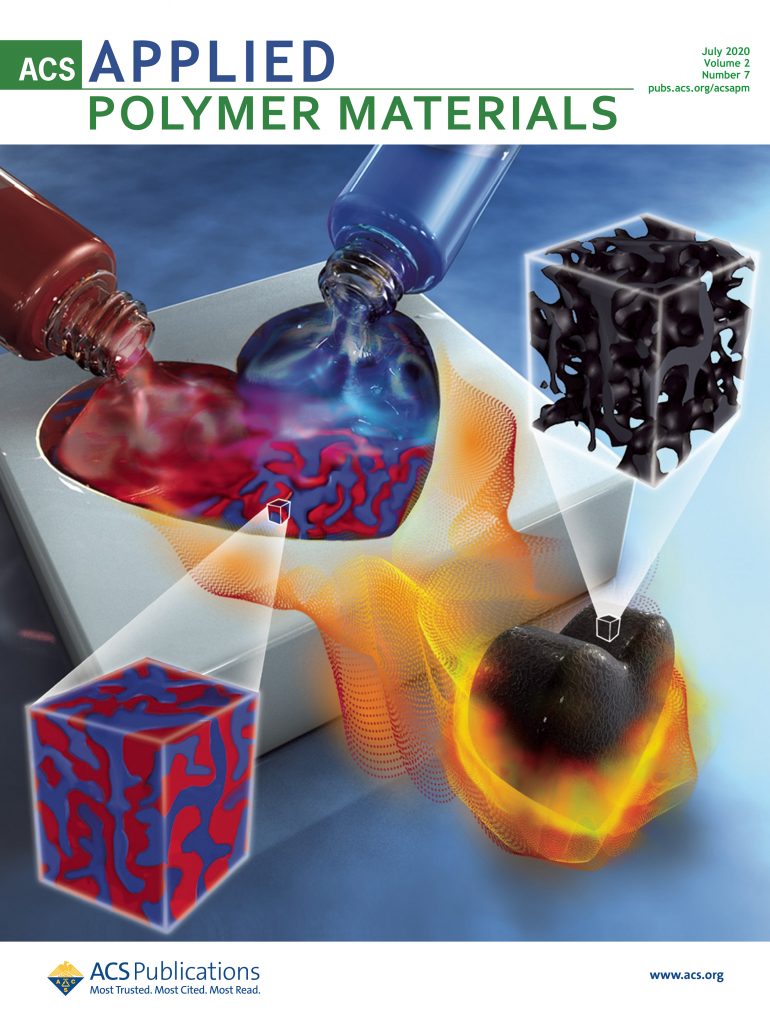Alhagi honey polysaccharide ameliorates ulcerative colitis by modulating gut microbiota–tryptophan metabolism via AhR activation
IF 4.4
2区 化学
Q2 MATERIALS SCIENCE, MULTIDISCIPLINARY
引用次数: 0
Abstract
Alhagi honey (AH) is produced in arid and hot areas of Central Asia, and its polysaccharides (AP) are widely known for their activity in the treatment of intestinal diseases such as diarrhea. However, the therapeutic potential and mechanism of AP in ulcerative colitis (UC) remain unclear. Here, AH polysaccharide‐2 (AP2), a polysaccharide with the highest content in AP, was isolated and evaluated for its effects on dextran sulfate sodium (DSS)‐induced UC in mice. AP2 was found to alleviate UC symptoms and regulate gut microbiota dysbiosis by decreasing Helicobacter levels and increasing Lactobacillus levels. Analysis of PICRUSt2 predicted that AP2 may regulate carbohydrate and amino acid metabolism, and metabolomic analysis confirmed that AP2 promotes the metabolism of tryptophan to produce kynurenic acid (kyna). Moreover, kyna acted as an aryl hydrocarbon receptor (AhR) ligand, which activated AhR to increase the expression of the tight junction proteins claudin‐1 and occludin. Interestingly, AP2 showed similar effects in protecting the intestinal barrier and alleviating colitis as the AhR agonist 6‐formylindolo[3,2‐b]carbazole, and the AhR antagonist CH223191 partially blocked the therapeutic effect of AP2 in UC mice, indicating that the anti‐UC effect of AP2 was AhR dependent. These findings demonstrate that AP2 alleviates UC by regulating the gut microbiota and promoting tryptophan metabolism to generate kyna‐activated AhR. The insights gained from this study could help in the future development of AP2 as a drug candidate or functional food for the treatment of UC.阿尔哈吉蜂蜜多糖通过激活 AhR 调节肠道微生物群-色氨酸代谢,从而改善溃疡性结肠炎的病情
阿尔哈吉蜂蜜(AH)产于中亚干旱和炎热地区,其多糖(AP)在治疗腹泻等肠道疾病方面的活性广为人知。然而,AP 对溃疡性结肠炎(UC)的治疗潜力和机制仍不清楚。在这里,我们分离出了AH多糖-2(AP2),这是AP中含量最高的一种多糖,并评估了它对葡聚糖硫酸钠(DSS)诱导的小鼠溃疡性结肠炎的影响。研究发现 AP2 可减轻 UC 症状,并通过降低螺旋杆菌水平和提高乳酸杆菌水平来调节肠道微生物群失调。对PICRUSt2的分析预测,AP2可能调节碳水化合物和氨基酸的代谢,代谢组学分析证实,AP2促进色氨酸的代谢,产生犬尿氨酸(kyna)。此外,犬尿酸还可作为芳基烃受体(AhR)配体,激活 AhR 以增加紧密连接蛋白 claudin-1 和 occludin 的表达。有趣的是,AP2在保护肠道屏障和缓解结肠炎方面的作用与AhR激动剂6-醛基吲哚并[3,2-b]咔唑相似,而AhR拮抗剂CH223191部分阻断了AP2对UC小鼠的治疗作用,表明AP2的抗UC作用依赖于AhR。这些研究结果表明,AP2 通过调节肠道微生物群和促进色氨酸代谢以产生 kyna 激活的 AhR 来缓解 UC。从这项研究中获得的启示有助于今后将 AP2 开发为治疗 UC 的候选药物或功能食品。
本文章由计算机程序翻译,如有差异,请以英文原文为准。
求助全文
约1分钟内获得全文
求助全文
来源期刊

ACS Applied Polymer Materials
Multiple-
CiteScore
7.20
自引率
6.00%
发文量
810
期刊介绍:
ACS Applied Polymer Materials is an interdisciplinary journal publishing original research covering all aspects of engineering, chemistry, physics, and biology relevant to applications of polymers.
The journal is devoted to reports of new and original experimental and theoretical research of an applied nature that integrates fundamental knowledge in the areas of materials, engineering, physics, bioscience, polymer science and chemistry into important polymer applications. The journal is specifically interested in work that addresses relationships among structure, processing, morphology, chemistry, properties, and function as well as work that provide insights into mechanisms critical to the performance of the polymer for applications.
 求助内容:
求助内容: 应助结果提醒方式:
应助结果提醒方式:


